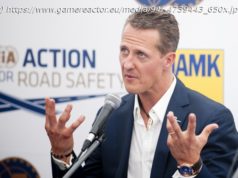Future generations of self-driving cars should learn the language of cyclists to help them safely share the roads with bikes, new research suggests.
Future generations of self-driving cars should learn the language of cyclists to help them safely share the roads with bikes, new research suggests.
Human-computer interaction specialists from the University of Glasgow are highlighting the need for new systems in autonomous vehicles (AVs) capable of replicating the complex social interactions between human car drivers and cyclists on U.K. roads.
The paper is titled « Keep it Real: Investigating Driver-Cyclist Interaction in Real-World Traffic, » and it will be presented at the ACM Conference on Human Factors in Computing Systems in Germany next week. In it, the team describes how they studied the many ways drivers and cyclists directly and indirectly communicate with each other in real-life situations on the road.
Their findings form the basis of a new series of recommendations on how AVs should behave safely around cyclists in the decades to come, where drivers will be less actively engaged in their journeys. For AVs to work safely in human traffic, they must behave appropriately and understand human communications.
Self-driving cars could better signal their intentions with displays integrated onto their exteriors, the team suggest. A series of traffic-light-like colored LEDs on the cars’ edges could to display animations which signal their intentions to maneuver, slow or speed up, or give way, helping cyclists to better interpret the AVs’ intentions and respond appropriately.
Cyclists could also wear new types of « smart glasses » that display information on AVs’ intentions by allowing the cars to communicate directly with any cyclists around them. AVs could signal that the right of way is up for negotiation, for example, with orange lights displayed on the vehicle and a vibration sent to the cyclists’ glasses as a non-verbal message.
Professor Stephen Brewster, of the University of Glasgow’s School of Computing Science, led the research. He said, « Cars and bikes share the same spaces on the roads, which can be dangerous—between 2015 and 2020, 84% of fatal bike accidents involved a motor vehicle, and there were more than 11,000 collisions.






